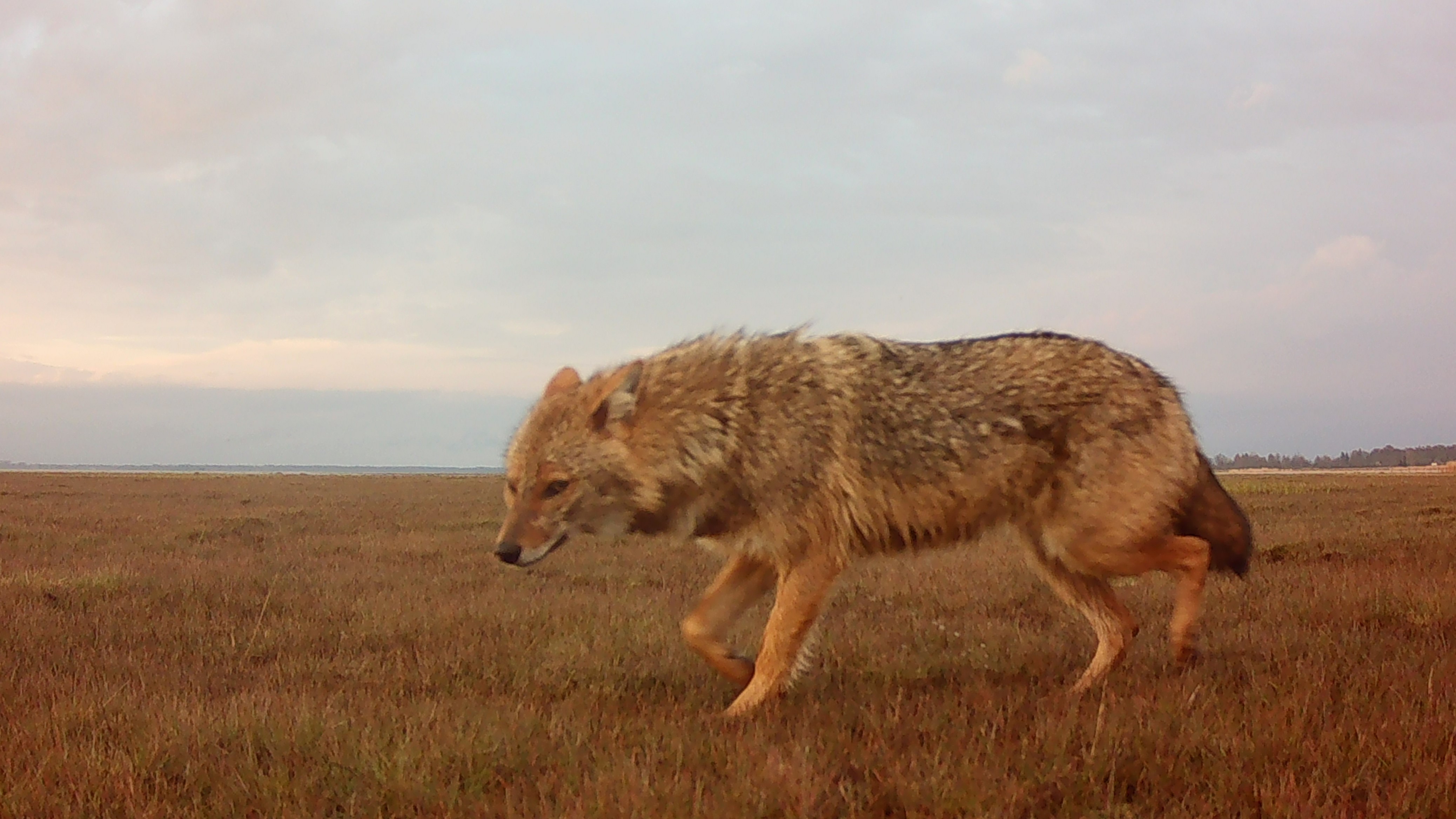How are the waders?
Author:
Triin KaasikuThe coastal meadows of Matsalu National Park are important nesting areas for waders. In order to find out the effect of restoration of coastal meadows and predator control in the region, the ornithologists of the University of Tartu monitor the hatching success of these birds' nests. This spring, trail cameras were also installed at 28 nests, which collected information about the presence of predators and nest loot.
The trail cameras, which have been out in the area for the seventh spring, have proven themselves to be wonderful tools that can be used to gather exciting and useful knowledge with little disruption. Usually, in these areas, the cameras are mostly passed by birds nesting or feeding in the area, and predators looking for bird nests. This spring, the images of the trail camera installed near the nest of one of the Northern lapwing - a proud lynx passing by with a Barnacle goose.
At the present time, so much of the nests of waders are being robbed in coastal meadows that their populations are unable to reproduce. The main predatory mammals are the fox, jackal and badger.
In theory, the presence of a large predator could create a landscape of fear that would keep smaller predators away from the area. Since large carnivores themselves generally do not specialize in bird nests, their presence could therefore potentially have a positive effect on nesting birds. Such an effect was not seen in the case of a specific beach meadow: apart from the lynx, the cameras also spotted jackals, badgers and foxes several times. Maybe the lynx was just a visitor walking through the coastal meadow.
